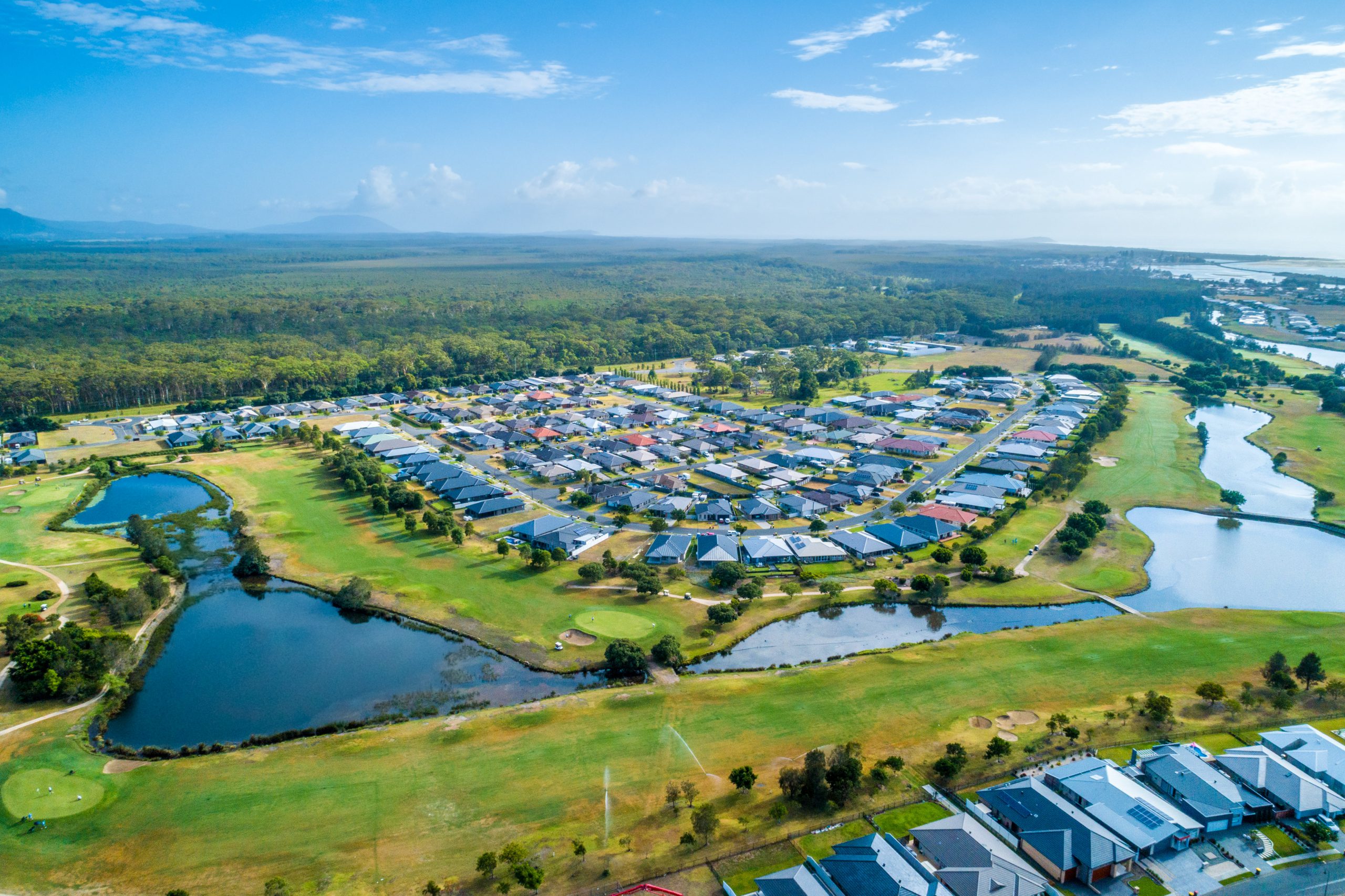
One of the questions being asked by followers and active participants in real estate is, what does Australia’s highest inflation rate in 32 years mean for property prices?
If the Reserve Bank of Australia (RBA) is slow in achieving a reduction in the current rate of 6.9%, will this mean a continuation of the price correction we’re experiencing?
Post-covid, break-out inflation and the subsequent rise in interest rates have doused the fire in the property market. We’re now seeing more normal behaviours prevail in our area, where buyers continue to seek well-presented properties.
The leading industry researcher, CoreLogic, has analysed how inflation impacts property prices.
It’s found that common reasons for inflation, such as higher wages and stronger demand, work in a homeowner’s favour by proportionately reducing the value of the mortgage debt.
On the other hand, when inflation occurs for different reasons, such as a lack of supply to meet demand – a classic post-Covid economic symptom – owners and first-time buyers are not benefiting from higher wages and therefore feel the pinch.
The current situation is not helped by the fact that inflation has hit vital areas. Reducing the pain of two of them, food and fuel, is challenging given our reliance on both.
CoreLogic says the RBA’s rent data, which is one component of the inflation calculation, is lagging and may contribute to another rate rise. And average price trends will likely only turn once the RBA has wrestled inflation back to within its target 2-3% range.
CoreLogic is optimistic this can happen in the next six months.
It explains: “There are early signs of relief in supply and demand pressures. Money markets are indicating a lower peak in the cash rate than originally anticipated, and CBA (Commonwealth Bank) has suggested RBA cash rate cuts could be in store as early as next year.
“If these trends in easing inflation begin to manifest more widely, it could signal a floor for the housing market decline as early as 2023.”
